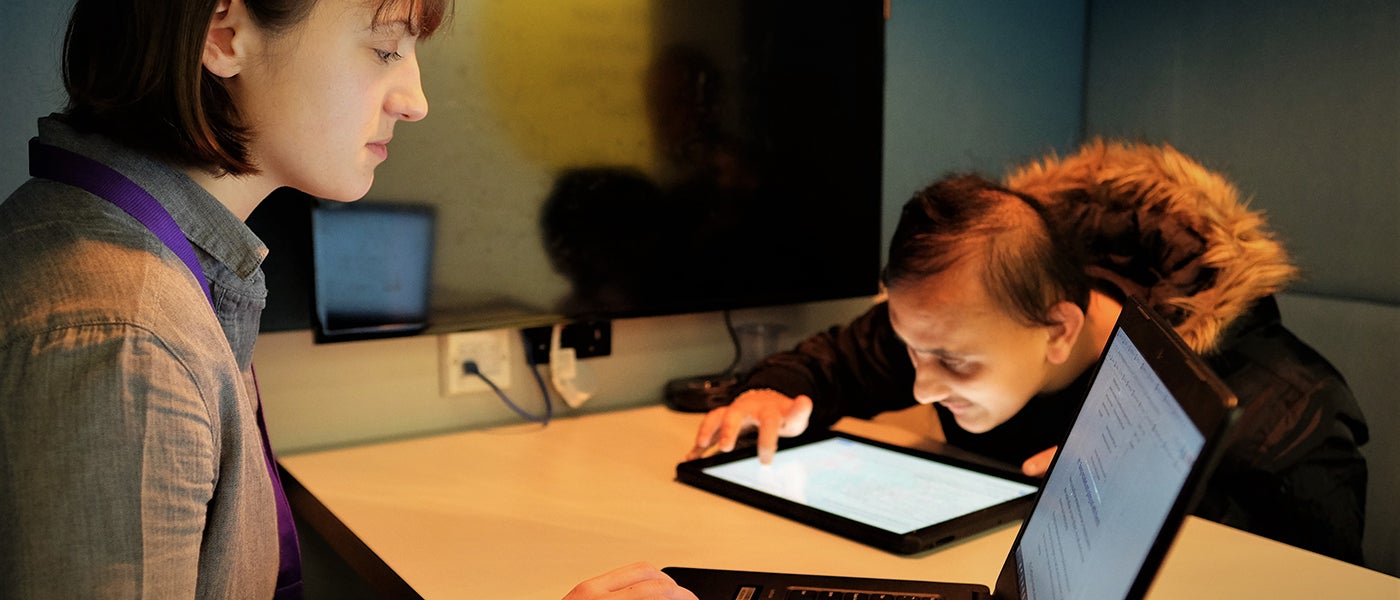- Home
- News and stories
- User testing without a website
User testing without a website
 10 December 2018
10 December 2018
Our customers are at the front and centre of our work. We listen to our customers to understand the challenges they face, the information they seek, and the advice they need. Through a mix of qualitative and quantitative research methods, we prioritise their needs, and develop user stories that reflect them. Each user story focuses on a specific information need and acts as the foundation of a content item. Our content designers use these stories to write content that addresses those needs, through collaboration with subject experts and policy advisers.
The involvement of customers does not end here though. After content is written, and before it is published, we test it with our customers. We want to make sure that we got it right.
Preparing for user testing
We assign testing personas to all content items. We produce content for a specific group of customers. Testing personas signify the potential target audience for each content item. To make the most out of user testing, we need to test the content with the real audience for that content to ensure that it is helpful. A clear testing persona also helps with the recruitment brief and can speed up recruitment.
Testing without a website
Over the last few years, usability testing has become a standard practice in the UX research community. Content testing is less known and practised. Besides, what would you do if you did not even have a website for testing? One of our key challenges was that we did not have a website for our new content. We launch our new website in a couple of months. This meant that we had to find an alternative platform for user testing.
Our solution was to create a Google Doc template that mirrors most features of our new website. It has the same look and feel, as well as some other features like ‘warning’ or ‘important’ boxes.
On the day of testing, 2 user researchers attend the session along with the user. We ask the user to read through the content out loud. We pause at the end of each paragraph and discuss. We ask the them to tell us, what they liked, what they did not like, what was unclear, and would they change anything based on their experience. We also ask about the language and tone of voice. The user reads the content on the Google doc in ‘viewing’ mode, so that they cannot see any previous comments. The second user researcher acts as notetaker and adds all feedback to the document in ‘editing’ mode. This method of user testing focuses on the helpfulness and comprehension of the content rather than the usability of the web page.
We test each piece of content with at least 2 people. If the content is complicated, or if we receive contradictory feedback, we test it with more people. When testing is over, our content designers go through all the feedback and make final adjustments. During this, user researchers remain available to answer any questions.
Conclusion
This process of content user testing helps us improve our content before publishing. It also reduces the likelihood of major mistakes. It also helps us find the right language for the target audience. We are firm believers in continuous improvement. We learn from customer feedback, and continuously incorporate it into our routine process. We also keep an open mind about any feedback that we may receive once our content is live, and make sure we keep improving our content.
 10 December 2018
10 December 2018







